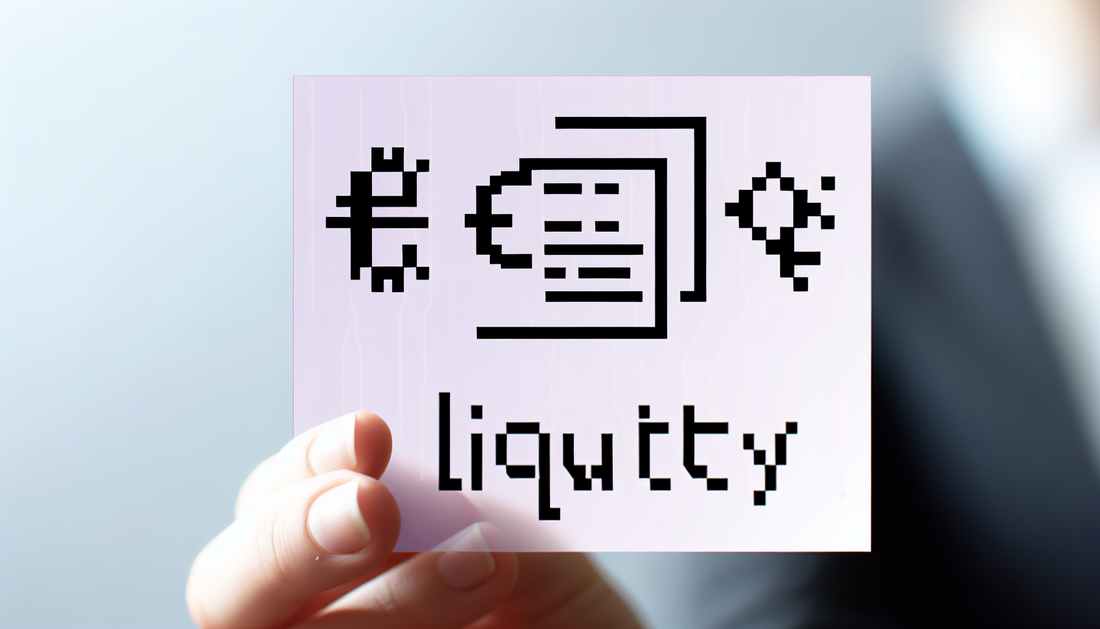
Demystifying Liquity: The Future of DeFi Loans
Share
Understanding How Liquity's LQTY Works
Liquity is an innovative decentralized borrowing protocol that sets itself apart by using a unique mechanism to maintain stability and empower users in the DeFi ecosystem. The protocol is built on top of the Ethereum blockchain and offers interest-free loans with its native token, LQTY, serving as both a governance token and a reward mechanism.
The Core Mechanism
Liquity operates without charging any interest on borrowed amounts. Instead, users can receive loans by depositing Ether (ETH) as collateral, which is locked into a smart contract. The loans are provided in the form of LUSD, a stablecoin pegged to the US Dollar. The collateral remains secure in the system until the loan is repaid in full.
The protocol relies on a collective of smart contracts that handle the creation of vaults, termed as "Troves," where users lock their ETH. Stability pools and liquidation mechanisms ensure that the system remains solvent and stable. Users who maintain their loans contribute to the stability of LUSD, while those who fail to maintain collateral ratios may see their positions liquidated to protect the protocol’s solvency.
The Role of LQTY
As the native token of the Liquity platform, LQTY serves several functions. It is primarily used for governance, allowing token holders to vote on policy changes and system upgrades. However, unlike many governance tokens, LQTY also provides rewards to its holders. Whenever users open a loan or make a deposit into the stability pool, they incur a small fee, often paid in LQTY tokens. This fee is redistributed to current LQTY holders as an incentive for securing network stability.
How Stability is Achieved
Liquity’s stability is largely derived from its stability pool and liquidation process. The stability pool is filled with LUSD deposited by community members to ensure the platform can handle abrupt changes in the collateral value. If a Trove is undercollateralized, the protocol liquidates it, and stability pool deposits cover the resulting loss. This mechanism ensures LUSD maintains its peg to the dollar while offering an opportunity for users to gain a return on their LUSD.
Comparison to Traditional Finance Systems
Unlike traditional financial systems that rely heavily on variable interest rates and centralized control, Liquity's decentralized approach provides a transparent, predictable, and efficient means of taking loans. Its fees, both for borrowing and redemption, provide the flexibility and incentives needed to maintain liquidity and user participation. For those keen on participating in the DeFi sphere, understanding the parameters and functionalities of Liquity and its LQTY token can be essential in navigating and thriving in this evolving financial ecosystem.
For more insights into decentralized systems and governance mechanisms, consider exploring articles like Unlocking Raiden Network: Ethereum's Scalability Solution which provides a deep dive into similar innovations in the blockchain space.
